ALPHA & DELTA D6 (late) REVIEW :

The magnificent looking Alpha & Delta D6 intrigue me since lot of time, especially because of the marvelous 8 cores cable it have but as well because of sound engineering hide in the housing. I would have like to know exact compenent of 10mm drivers but this is still top secret, but the dual air chamber technology still is something quite rare in IEM world at this price range. Such a serious approach for an acessible price make the budget audiophile in me became obsess to try these and now the day is come and even with long fermented expectation that became surely overly utopic, i’m far from being disapointed by the end result, quite the opposite in fact.

DISCLAIMER :
After reading conflictual reviews and feedback about the D6 -some praising them other being very disapointed by bass performance- I decide to contact directly Alpha & Delta to offer them to write a review in exchange of a discount. In all independance, I choose this model and the AD01 and in no way the nice staffs ask me to compromise my opinion. To stay independant, you have to make your own choice and do not receive dicey reviews sample to promote them. I have no sugar dady above me to tell me what to do and it will stay like this forever.
CONSTRUCTION, ACCESSORIES & DESIGN :

Unboxing experience is very pleasant and generous, we have multiple eartips including silicone and foams tips. We have a ear hook and a cable clip. As well, an extra nice leather case. I don,t think we can ask more, i feel spoiled here.

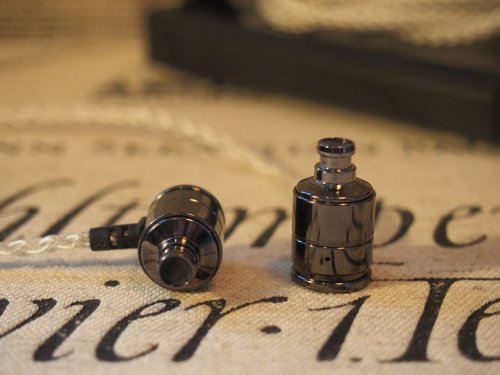
Construction surpass my expectation even if I see numerous excellent pictures (do reviewers have fancy professional photograph team?), its just supremely amazing for the price and no details was forget, having this type of quality for 100$ is extremely rare because it isn’t crafted just to be a looker, ALL compenents are really high grade! Housing is thick polished metal with 2 vented hole, L jack have a tension release spring to avoid pulling damage, housing cableconnecting have as well rubber protection...well, if I became intensely severe...I will begin to find problem with nozzle mesh I guess wich is not metal but this as well is surely thinked for proper minimal sound filtering. And. I. Don’t. Even.Talk. About this incredible 8 cores SPC cable!!!!!!!!!!! I will tell you a secret : I like to sensuously touch it, like, it give me goosebump and have a stress releive effect on me while listening in the subway etc....yeah, its so sexy it give me an hard on, no wonder I have no girlfriend! Who need one with such a hottie cable! (Okay shut up Nymphono, its embarassing)



(Above is comparaison of A&D 8cores SPC vs some random 4cores SPC cable)
Design is well thinked for sound, durability etc, perhaps a little less for comfort and practicality for 2 reasons : One being that the housing is quite big and long but at least its not heavy, but still, it can perhaps be problematic for small ear or when cable is pull it tend to easily fall. Two is that this oh-so-seductive cable can cause microphonic quite easily, argh why!? But there an easy way to fix BOTH issues : wear it over ear and voila, no microphonic, no falling du to cable pulling.
SOUND :

Overall impressions :
The D6 are something special, and to be honnest, it wasn’t a big WOW first listen first love story, because this isn’t thinked to be over colored in sound rendering and easily entertain your ears and make smile the little immature audio kid in you with a V shape sound and over pushed microdetails. Nope, this is rather serious earphones so it take me a big FIVE big minutes to became utterly passionate by this sumptuously musical master class. I cannot call this brain burn in but more a new respectfull way to concentrate on music and enjoy it with sacred contemplation. The D6 are very accurate and have excellent impact-decay rendering as well as an immersive around your head soundstage with good deep, all this with incredible level of clarity and natural texture that help achieve a superbly realist imaging. Highs are sharp without sibilance and offer good brilliance that do not echo too much as some would be afraid with such a double chamber big housing, here we have serious sound engineering that merit admirative applause because Alpha & Delta have create an affordable audiophile IEM that will stand test of time….wich perhaps explain there 3 years guarantee?
SOUNDSTAGE is like being in an excellent acoustic recording room, not an immense hall, its circular and realist and have excellent deep and above average height. This is clean and the air can flow, but will not expend to the point of saturation.
SOUNDSIGNATURE is difficult to describe because its just slightly colored in all frequencies mids sections in a very subtle way, we have a little bump in mid bass, little bump in mid vocal, and another bump in the highs, I think we can class them in neutral-analytical with ultra extended treble category without being too flat or boring. Even if slightly bright, its not grainy or hissy at all, just sparkly, so I don,t think people that are treble sensitive should be afraid of the D6.
AMPING isn’t a must, but D6 aren’t ultra sensitive IEM either so they perform very good with my Ibasso DX90, Xduoo X20 or DAC-AMP Xduoo XD-05, and will not achieve full potential with Xduoo X3 or my LG G6 (but phone are for audio phonies aren’t they?).

ABOUT EAR TIPS, now, this is something EXTREMELY important and as stated by Twister6 headfier, it can be use to change soundsignature in a more V shaped way and a good one! In fact, when I listen to beat driven electro, i just push my KZ starline eartips and voilà! I can enjoy a more impactfull and bodied bass response with a more fowards energic sound presentation wich is not far from sounding like another IEM. I don’t know if Alpha & Delta think about this aspect creating their D6 because its not explain in there product description, but one thing sure, other iem company should take note of this design approach wich is better than changeable nozzle filter IMO and way more easy to tweak. We often see audiophile playing with vented hole and covering it for extra bass but the fact the venting hole is at the base of nozzle is a game changer in term of easy tweak, for me, its pure genius and a big plus for versatility in soundsignature. Most of time I do not cover venting hole because I prefer a more vast around your head soundstage, but for electro its a must.
SPECIFIC IMPRESSIONS:
(to note, follow sound impressions are with eartips wear the normal way)

(this is the official D6 frequencies response graphic)
BASS is realist and extend deep without lot of rumble but a good amount of punch and lower end extension. It is an agile tigh type of bass that can be very good for rock as well as jazz, because it is able to give fast well textured punch as well as having great extension for acoustic bass note that will neither sound dry or too thick. Listening last Jacob Bro ‘’Returning’’ jazz quartet album is pure delight, it is really as being in the middle of musician and Thomas Morgan upright bass line are to die for, in fact, they kind of steal the show even if percussion, saxo and guitar sound superb too. So, yeah, D6 have a special relationship with acoustic music but at the same time are very versatile. We can feel the fingers of bass player pulling the string and making note impact that extend in vast soundstage naturally, this album rarely or never shine so beautifully than with the D6 to be honnest.
MIDS too are extremely impressive and will became magical with some instruments like violin or saxophone, piano strangely is not as good but still sound above average and very clear. The mids are greatly textured and have nice transparency, wich is how it should be in reality. Taking same ‘,Returning’’ album the saxophone is in front row when the musician is in its solo and will go background when needed, sound expend widely in an airy way, have good textured that do not sound saturated at all, instruments placement around the sax is ultra-realist too. No, even if the frequencies response graph kind of show a big bump in mids, it never feel too fowards or agressive, but it sure aren’t recessed at all, vocal even if greatly textured too will not sound too thick and are just slightly bright with extra presence and intimate presentation that isn’t the widest but shine in the middle of soundstage. Just very rarely we will have some upper mids peak that can give to much resolution to voice microdetails, but some will find this fascinating as it do not create sibilance whatsoever.
HIGHS are very sparkly and nicely sharpened up, the treble extension of D6 is the star of the show and masterfully tweaked for a sub-100$ iem, it remind me of topology drivers find in TOTL earphones like the Hifiman RE-800 but comparatively to the 800 the soundstage is bigger and feel less fowards (yep, I sincerly prefer the 100$ D6 over the 600$ RE-800). Percussion, whatever the number or type used, sound marvellous with controled brilliance and ultimate clarity as well as spot on placement that never feel artificial or too bright. Better is your recording quality more impressive will be the result, well mastered complex eletronic full of sound information will be jaw dropping, as I discover with artist such as Ametsub, Shuta Hasunuma, Objekt or ADR, making this type of bassy but details crowded music incredibly enjoyable. Everytime I hear new details from an IEM I think there nothing more but yeah, D6 proof the contrary and make me say the cliché sentence : I hear new details I never heard before (wich is even more joyfully disturbing with Ibasso DX90). You know, when you listen to your music and got strangely absorb to the point of feel being litteraly swallowed by your earphones or feeling as if you have some type of astral travel experience? D6 do this to me lot of time, its hard to explain, but its a precious mystical experience that i’m sure audiophile crave for.
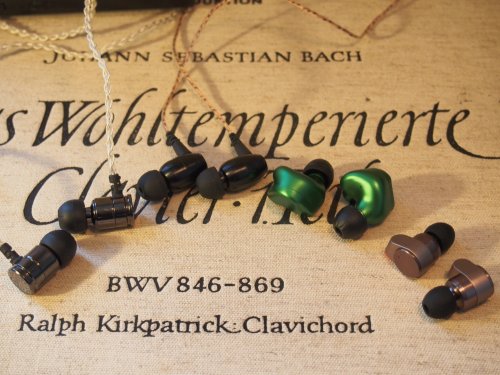
COMPARAISONS :
VS ALPHA & DELTA AD01 (100$) :
Soundstage of AD01 is wider and slightly taller but not as deep and more frontal than D6. AD01 is way more V shape and bassy, not too say slightly boomy, impact in sub region is hardcore compared to the clearer better extended D6 bass with tigher punch that feel way more realist and have better details without drowning the mids as the AD01 do to some extend. Mids of AD01 have less details and are more shouty and can have bass rumble covering it when a track is too bassy, D6 is in another level with more details and better presence as well as more realist separation from rest of music instrument. Treble of D6 is more extended giving more details and texture but feel less harsh than AD01 wich lack finess and microdetails and is on the overall warm side even if not truely bad in this department (problem being the mids). Construction of D6 is from another level even if do not have detachable cable. Price value is better with D6 wich can compete with higher priced IEM where the AD01 feel slightly too pricy with today budget iem competition.
VS TIN AUDIO T2 (50$) :
Oh, no! The big budget killer come in the ring watch out! Should we be afraid? Nope.
D6 bass is way more realist, dig deeper in a linear way, have more texture as well and more punch wich lack in T2 and make electronic sound quite strange and unbalanced. Still, the very capable T2 have thicker sub and will give more body to cello and make it better sounding. Another time D6 is slightly more intimate with soundstage but have more deep and around your head feel where the T2 is wider and airier but less clear too. Mids of the T2 are wider and have more body but can be a little bright too in upper mids and create very rare sibilance with female vocal where the D6 is more details, clear and transparent without harsh peak. Treble is quite similar with both as they extend alot, but the D6 is better controled and will give a little more micro details and sparkle. About layering and imaging, both are very capable but T2 have more air between instrument, still, as the D6 have more clarity it will deal better with more complex track where the T2 can have too much mixed up decay. Construction of D6 is nicer with its 8 cores SPC cable but its not detachable….even if the 4 cores SPC cable include with T2 turn green after a week. All in all, D6 sound more realist, clear and controled where the T2 sound wider, more mid centric and airier.
VS NiceHCK M6 (110$) :
So now, that’s something very different in term of drivers implementation : the M6 have a dual dynamic+4balanced while the D6 having only one small 10mm dynamic drivers….could it be really a fair fight? Well, yes, because of incredible D6 dynamic driver! But, still, its like making a battle between one incredible fighter against 5 good ones and I will not lie telling its kind of a bizarre fight. M6 is warmer and more V shape, but it could be its force too here. The D6 linear bass feel less excapting but especially less impactfull and physically separated from rest of sound spectrum, the M6 layering and transient response being excellent, bass have more body and thicness without drowning anything in its passage while the D6 feel thin with more texture and details that are harder to hear because it’s low end stay in back stage. Mids in another hand are more present and detailed with D6 and even if brighter than M6 do not have this strange mix of warmnest plus hint of upper range hissing that can occur with M6, vocal are more enjoyable with D6 even if treble is more present. The M6 aren’t really recessed in mid range, just not as resolved as the D6 but the separation is better with M6 and have more space between instrument. Treble is more extended with D6 and highs have more sparkle as well, we can find micro details more easily but M6 have all of them too in the well separated layers of sound present in its vast soundstage. For solo instrument I prefer D6 as it feel it can deal better with faster instrument like Bach solo violin sonata, but M6 have excellent transient response, just less grip and presence in overall technicity of specific intrument. All in all, M6 offer a richer sound experience for tracks with lot of instrument, bassy music or pop while D6 is better for singersongwriter, folk and solo or duo instrumental, both excell in there style and cannot really find a winner here.

CONCLUSION:
I sincerly applause Alpha & Delta audio engineer as well as construction designer here because this type of serious sounding and TOTL looking earphones a rarely seen in 100$ price range and even in sub-200$ one. A&D make a long way in sound maturity from the more tactless AD01 and I can't imagine what they hide for the futur, but have heard a new universal micro drivers iem is on the go. The Alpha & Delta D6 is an extremely well balanced sounding earphones where nothing feel too pushing fowards, it have sumptuous texture in all range and great imaging that do not feel forced or artificial, its really audiophile target but without compromising too much on bass performance and even make it incredible for acoustic bass as well as lower extension. The fact we can tweak soundsignature a little pushing eartips above vented hole is a big plus that make them even more versatile. If you searching for a budget earphones with unbeatable construction and a neutral approach that do as well for critical listener than average music lover with multiple music genre taste, the D6 is an exceptional achievment that will offer you a clear, vivid well layered sound experience that do not forget about musicality importance. If it wasn't for microphonic, I would have give the D6 a 5 stars, but a 100$ I need to be ultra severe even if sound is extremely near to perfection here.

The magnificent looking Alpha & Delta D6 intrigue me since lot of time, especially because of the marvelous 8 cores cable it have but as well because of sound engineering hide in the housing. I would have like to know exact compenent of 10mm drivers but this is still top secret, but the dual air chamber technology still is something quite rare in IEM world at this price range. Such a serious approach for an acessible price make the budget audiophile in me became obsess to try these and now the day is come and even with long fermented expectation that became surely overly utopic, i’m far from being disapointed by the end result, quite the opposite in fact.

DISCLAIMER :
After reading conflictual reviews and feedback about the D6 -some praising them other being very disapointed by bass performance- I decide to contact directly Alpha & Delta to offer them to write a review in exchange of a discount. In all independance, I choose this model and the AD01 and in no way the nice staffs ask me to compromise my opinion. To stay independant, you have to make your own choice and do not receive dicey reviews sample to promote them. I have no sugar dady above me to tell me what to do and it will stay like this forever.
CONSTRUCTION, ACCESSORIES & DESIGN :

Unboxing experience is very pleasant and generous, we have multiple eartips including silicone and foams tips. We have a ear hook and a cable clip. As well, an extra nice leather case. I don,t think we can ask more, i feel spoiled here.


Construction surpass my expectation even if I see numerous excellent pictures (do reviewers have fancy professional photograph team?), its just supremely amazing for the price and no details was forget, having this type of quality for 100$ is extremely rare because it isn’t crafted just to be a looker, ALL compenents are really high grade! Housing is thick polished metal with 2 vented hole, L jack have a tension release spring to avoid pulling damage, housing cableconnecting have as well rubber protection...well, if I became intensely severe...I will begin to find problem with nozzle mesh I guess wich is not metal but this as well is surely thinked for proper minimal sound filtering. And. I. Don’t. Even.Talk. About this incredible 8 cores SPC cable!!!!!!!!!!! I will tell you a secret : I like to sensuously touch it, like, it give me goosebump and have a stress releive effect on me while listening in the subway etc....yeah, its so sexy it give me an hard on, no wonder I have no girlfriend! Who need one with such a hottie cable! (Okay shut up Nymphono, its embarassing)



(Above is comparaison of A&D 8cores SPC vs some random 4cores SPC cable)
Design is well thinked for sound, durability etc, perhaps a little less for comfort and practicality for 2 reasons : One being that the housing is quite big and long but at least its not heavy, but still, it can perhaps be problematic for small ear or when cable is pull it tend to easily fall. Two is that this oh-so-seductive cable can cause microphonic quite easily, argh why!? But there an easy way to fix BOTH issues : wear it over ear and voila, no microphonic, no falling du to cable pulling.
SOUND :

Overall impressions :
The D6 are something special, and to be honnest, it wasn’t a big WOW first listen first love story, because this isn’t thinked to be over colored in sound rendering and easily entertain your ears and make smile the little immature audio kid in you with a V shape sound and over pushed microdetails. Nope, this is rather serious earphones so it take me a big FIVE big minutes to became utterly passionate by this sumptuously musical master class. I cannot call this brain burn in but more a new respectfull way to concentrate on music and enjoy it with sacred contemplation. The D6 are very accurate and have excellent impact-decay rendering as well as an immersive around your head soundstage with good deep, all this with incredible level of clarity and natural texture that help achieve a superbly realist imaging. Highs are sharp without sibilance and offer good brilliance that do not echo too much as some would be afraid with such a double chamber big housing, here we have serious sound engineering that merit admirative applause because Alpha & Delta have create an affordable audiophile IEM that will stand test of time….wich perhaps explain there 3 years guarantee?
SOUNDSTAGE is like being in an excellent acoustic recording room, not an immense hall, its circular and realist and have excellent deep and above average height. This is clean and the air can flow, but will not expend to the point of saturation.
SOUNDSIGNATURE is difficult to describe because its just slightly colored in all frequencies mids sections in a very subtle way, we have a little bump in mid bass, little bump in mid vocal, and another bump in the highs, I think we can class them in neutral-analytical with ultra extended treble category without being too flat or boring. Even if slightly bright, its not grainy or hissy at all, just sparkly, so I don,t think people that are treble sensitive should be afraid of the D6.
AMPING isn’t a must, but D6 aren’t ultra sensitive IEM either so they perform very good with my Ibasso DX90, Xduoo X20 or DAC-AMP Xduoo XD-05, and will not achieve full potential with Xduoo X3 or my LG G6 (but phone are for audio phonies aren’t they?).

ABOUT EAR TIPS, now, this is something EXTREMELY important and as stated by Twister6 headfier, it can be use to change soundsignature in a more V shaped way and a good one! In fact, when I listen to beat driven electro, i just push my KZ starline eartips and voilà! I can enjoy a more impactfull and bodied bass response with a more fowards energic sound presentation wich is not far from sounding like another IEM. I don’t know if Alpha & Delta think about this aspect creating their D6 because its not explain in there product description, but one thing sure, other iem company should take note of this design approach wich is better than changeable nozzle filter IMO and way more easy to tweak. We often see audiophile playing with vented hole and covering it for extra bass but the fact the venting hole is at the base of nozzle is a game changer in term of easy tweak, for me, its pure genius and a big plus for versatility in soundsignature. Most of time I do not cover venting hole because I prefer a more vast around your head soundstage, but for electro its a must.
SPECIFIC IMPRESSIONS:
(to note, follow sound impressions are with eartips wear the normal way)
(this is the official D6 frequencies response graphic)
BASS is realist and extend deep without lot of rumble but a good amount of punch and lower end extension. It is an agile tigh type of bass that can be very good for rock as well as jazz, because it is able to give fast well textured punch as well as having great extension for acoustic bass note that will neither sound dry or too thick. Listening last Jacob Bro ‘’Returning’’ jazz quartet album is pure delight, it is really as being in the middle of musician and Thomas Morgan upright bass line are to die for, in fact, they kind of steal the show even if percussion, saxo and guitar sound superb too. So, yeah, D6 have a special relationship with acoustic music but at the same time are very versatile. We can feel the fingers of bass player pulling the string and making note impact that extend in vast soundstage naturally, this album rarely or never shine so beautifully than with the D6 to be honnest.
MIDS too are extremely impressive and will became magical with some instruments like violin or saxophone, piano strangely is not as good but still sound above average and very clear. The mids are greatly textured and have nice transparency, wich is how it should be in reality. Taking same ‘,Returning’’ album the saxophone is in front row when the musician is in its solo and will go background when needed, sound expend widely in an airy way, have good textured that do not sound saturated at all, instruments placement around the sax is ultra-realist too. No, even if the frequencies response graph kind of show a big bump in mids, it never feel too fowards or agressive, but it sure aren’t recessed at all, vocal even if greatly textured too will not sound too thick and are just slightly bright with extra presence and intimate presentation that isn’t the widest but shine in the middle of soundstage. Just very rarely we will have some upper mids peak that can give to much resolution to voice microdetails, but some will find this fascinating as it do not create sibilance whatsoever.
HIGHS are very sparkly and nicely sharpened up, the treble extension of D6 is the star of the show and masterfully tweaked for a sub-100$ iem, it remind me of topology drivers find in TOTL earphones like the Hifiman RE-800 but comparatively to the 800 the soundstage is bigger and feel less fowards (yep, I sincerly prefer the 100$ D6 over the 600$ RE-800). Percussion, whatever the number or type used, sound marvellous with controled brilliance and ultimate clarity as well as spot on placement that never feel artificial or too bright. Better is your recording quality more impressive will be the result, well mastered complex eletronic full of sound information will be jaw dropping, as I discover with artist such as Ametsub, Shuta Hasunuma, Objekt or ADR, making this type of bassy but details crowded music incredibly enjoyable. Everytime I hear new details from an IEM I think there nothing more but yeah, D6 proof the contrary and make me say the cliché sentence : I hear new details I never heard before (wich is even more joyfully disturbing with Ibasso DX90). You know, when you listen to your music and got strangely absorb to the point of feel being litteraly swallowed by your earphones or feeling as if you have some type of astral travel experience? D6 do this to me lot of time, its hard to explain, but its a precious mystical experience that i’m sure audiophile crave for.

COMPARAISONS :
VS ALPHA & DELTA AD01 (100$) :
Soundstage of AD01 is wider and slightly taller but not as deep and more frontal than D6. AD01 is way more V shape and bassy, not too say slightly boomy, impact in sub region is hardcore compared to the clearer better extended D6 bass with tigher punch that feel way more realist and have better details without drowning the mids as the AD01 do to some extend. Mids of AD01 have less details and are more shouty and can have bass rumble covering it when a track is too bassy, D6 is in another level with more details and better presence as well as more realist separation from rest of music instrument. Treble of D6 is more extended giving more details and texture but feel less harsh than AD01 wich lack finess and microdetails and is on the overall warm side even if not truely bad in this department (problem being the mids). Construction of D6 is from another level even if do not have detachable cable. Price value is better with D6 wich can compete with higher priced IEM where the AD01 feel slightly too pricy with today budget iem competition.
VS TIN AUDIO T2 (50$) :
Oh, no! The big budget killer come in the ring watch out! Should we be afraid? Nope.
D6 bass is way more realist, dig deeper in a linear way, have more texture as well and more punch wich lack in T2 and make electronic sound quite strange and unbalanced. Still, the very capable T2 have thicker sub and will give more body to cello and make it better sounding. Another time D6 is slightly more intimate with soundstage but have more deep and around your head feel where the T2 is wider and airier but less clear too. Mids of the T2 are wider and have more body but can be a little bright too in upper mids and create very rare sibilance with female vocal where the D6 is more details, clear and transparent without harsh peak. Treble is quite similar with both as they extend alot, but the D6 is better controled and will give a little more micro details and sparkle. About layering and imaging, both are very capable but T2 have more air between instrument, still, as the D6 have more clarity it will deal better with more complex track where the T2 can have too much mixed up decay. Construction of D6 is nicer with its 8 cores SPC cable but its not detachable….even if the 4 cores SPC cable include with T2 turn green after a week. All in all, D6 sound more realist, clear and controled where the T2 sound wider, more mid centric and airier.
VS NiceHCK M6 (110$) :
So now, that’s something very different in term of drivers implementation : the M6 have a dual dynamic+4balanced while the D6 having only one small 10mm dynamic drivers….could it be really a fair fight? Well, yes, because of incredible D6 dynamic driver! But, still, its like making a battle between one incredible fighter against 5 good ones and I will not lie telling its kind of a bizarre fight. M6 is warmer and more V shape, but it could be its force too here. The D6 linear bass feel less excapting but especially less impactfull and physically separated from rest of sound spectrum, the M6 layering and transient response being excellent, bass have more body and thicness without drowning anything in its passage while the D6 feel thin with more texture and details that are harder to hear because it’s low end stay in back stage. Mids in another hand are more present and detailed with D6 and even if brighter than M6 do not have this strange mix of warmnest plus hint of upper range hissing that can occur with M6, vocal are more enjoyable with D6 even if treble is more present. The M6 aren’t really recessed in mid range, just not as resolved as the D6 but the separation is better with M6 and have more space between instrument. Treble is more extended with D6 and highs have more sparkle as well, we can find micro details more easily but M6 have all of them too in the well separated layers of sound present in its vast soundstage. For solo instrument I prefer D6 as it feel it can deal better with faster instrument like Bach solo violin sonata, but M6 have excellent transient response, just less grip and presence in overall technicity of specific intrument. All in all, M6 offer a richer sound experience for tracks with lot of instrument, bassy music or pop while D6 is better for singersongwriter, folk and solo or duo instrumental, both excell in there style and cannot really find a winner here.

CONCLUSION:
I sincerly applause Alpha & Delta audio engineer as well as construction designer here because this type of serious sounding and TOTL looking earphones a rarely seen in 100$ price range and even in sub-200$ one. A&D make a long way in sound maturity from the more tactless AD01 and I can't imagine what they hide for the futur, but have heard a new universal micro drivers iem is on the go. The Alpha & Delta D6 is an extremely well balanced sounding earphones where nothing feel too pushing fowards, it have sumptuous texture in all range and great imaging that do not feel forced or artificial, its really audiophile target but without compromising too much on bass performance and even make it incredible for acoustic bass as well as lower extension. The fact we can tweak soundsignature a little pushing eartips above vented hole is a big plus that make them even more versatile. If you searching for a budget earphones with unbeatable construction and a neutral approach that do as well for critical listener than average music lover with multiple music genre taste, the D6 is an exceptional achievment that will offer you a clear, vivid well layered sound experience that do not forget about musicality importance. If it wasn't for microphonic, I would have give the D6 a 5 stars, but a 100$ I need to be ultra severe even if sound is extremely near to perfection here.








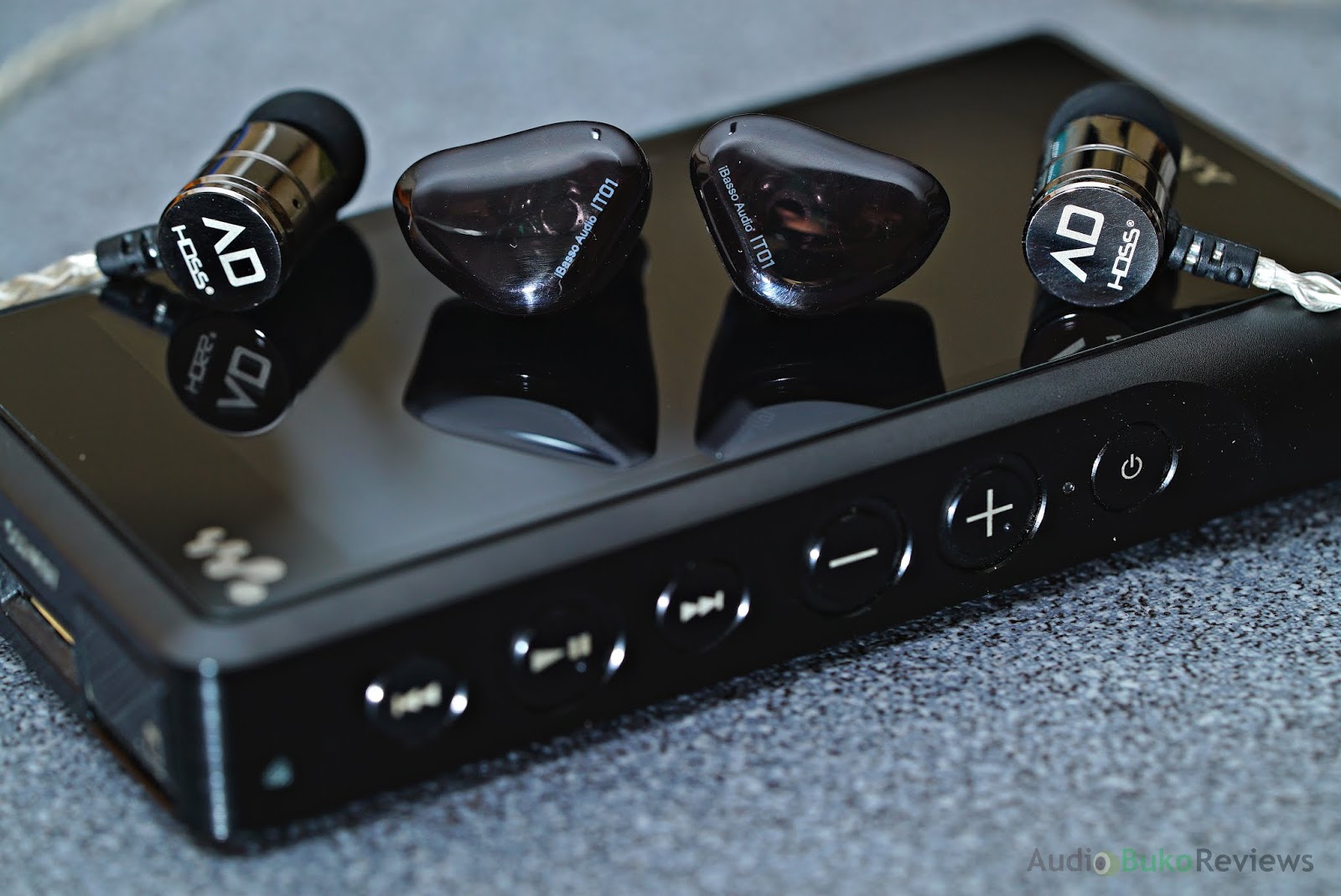












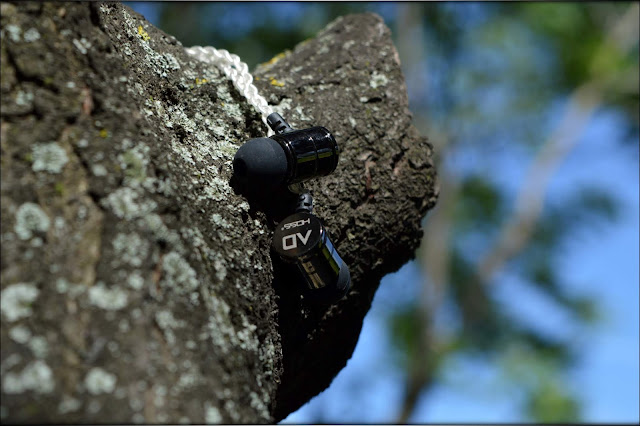












































































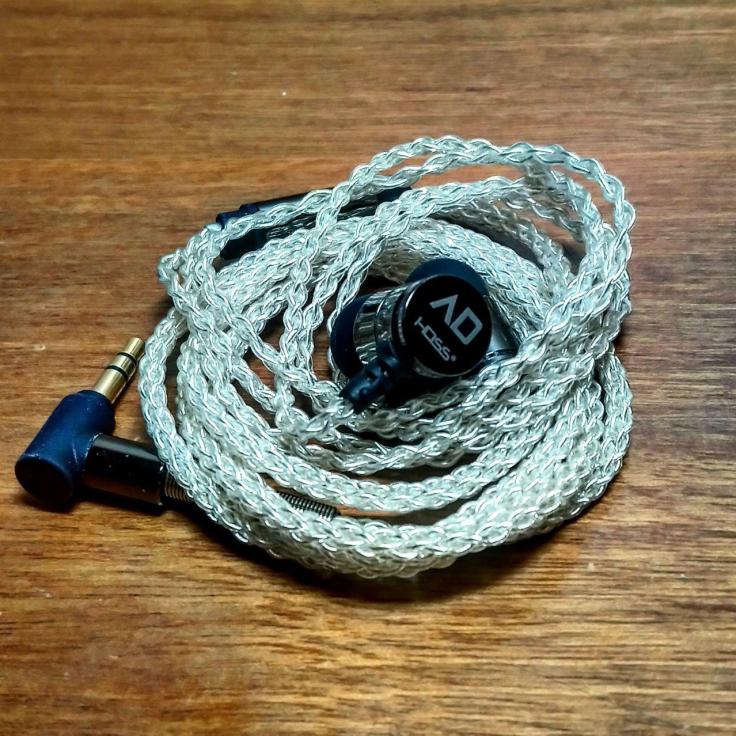

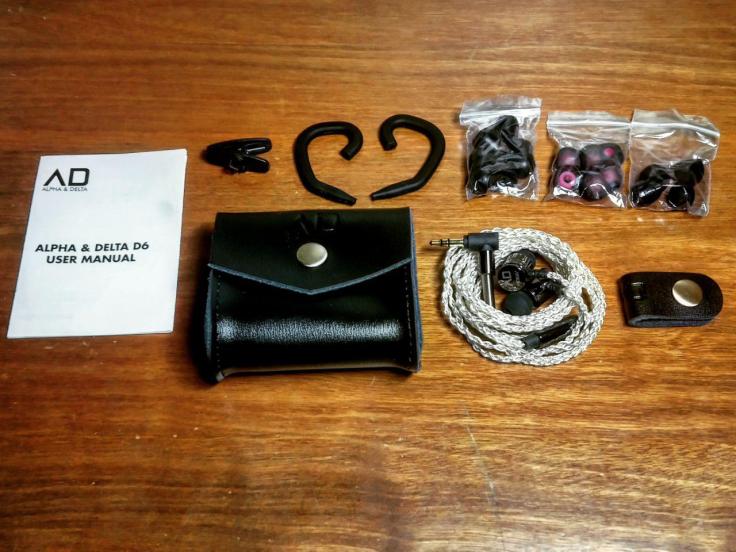
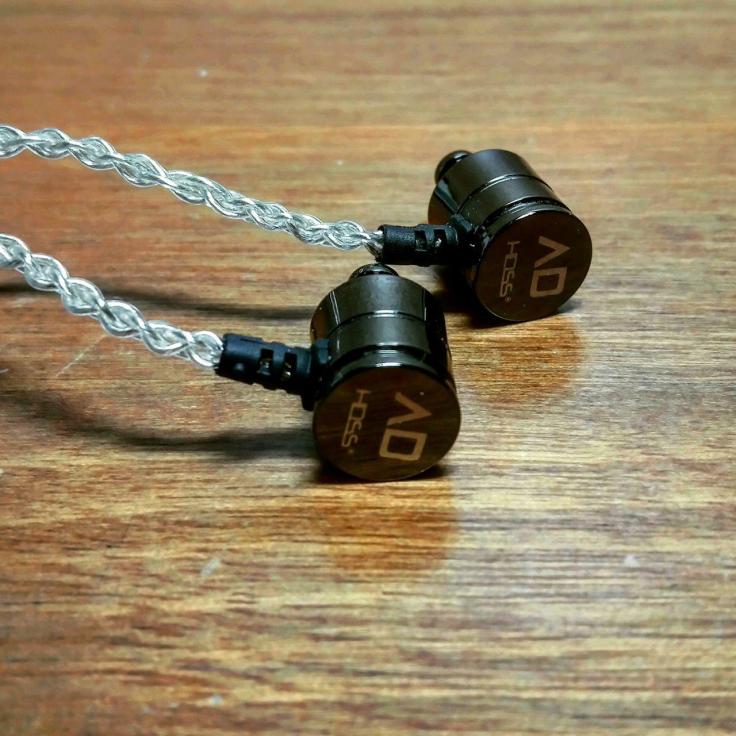

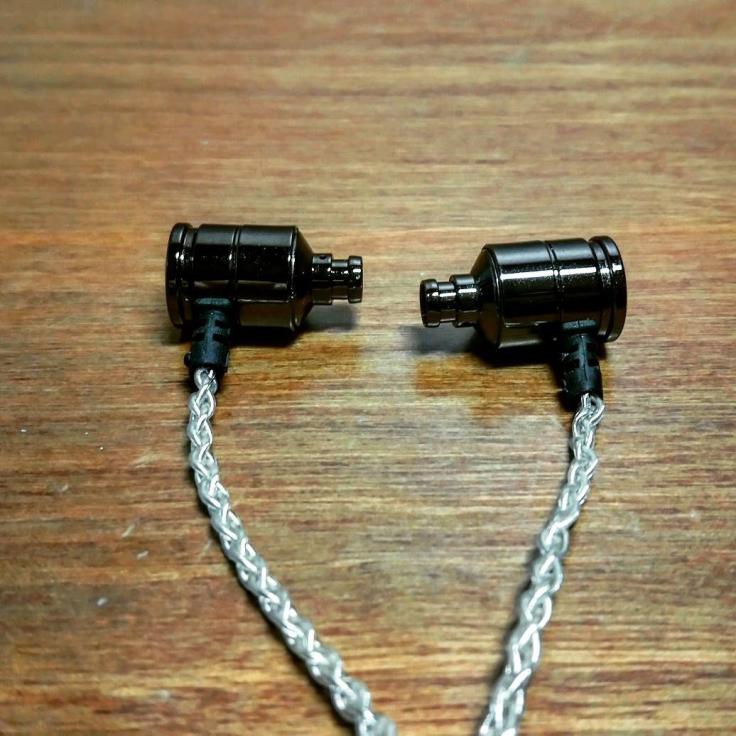
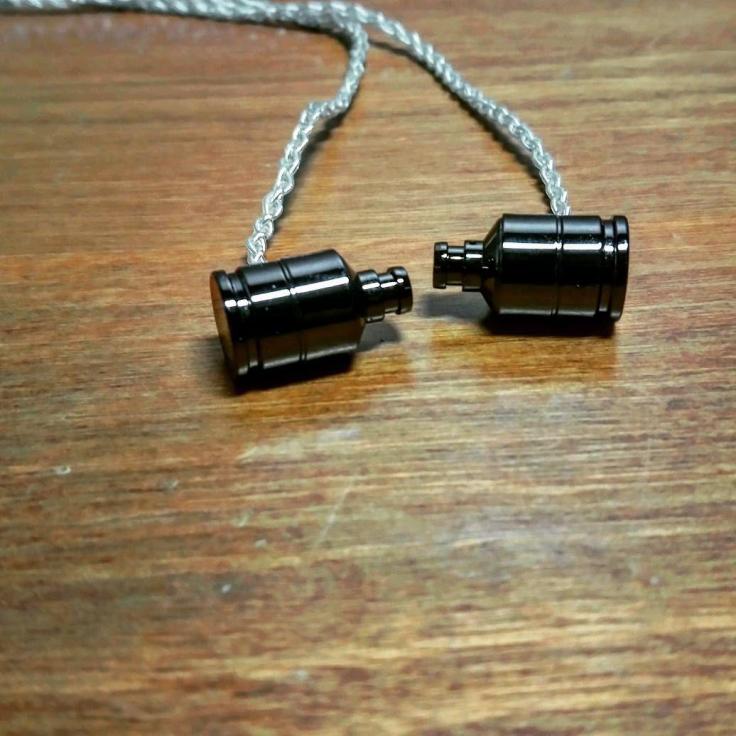
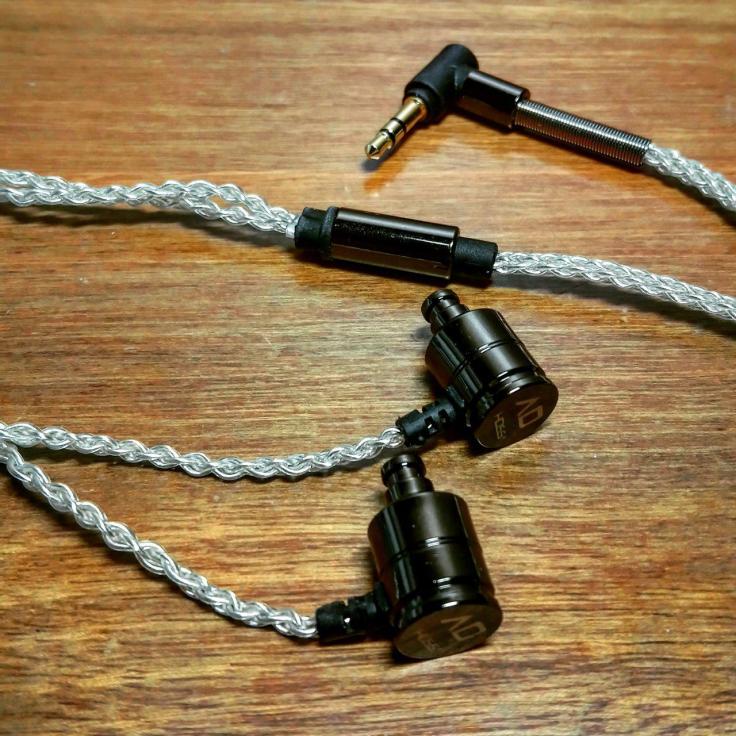

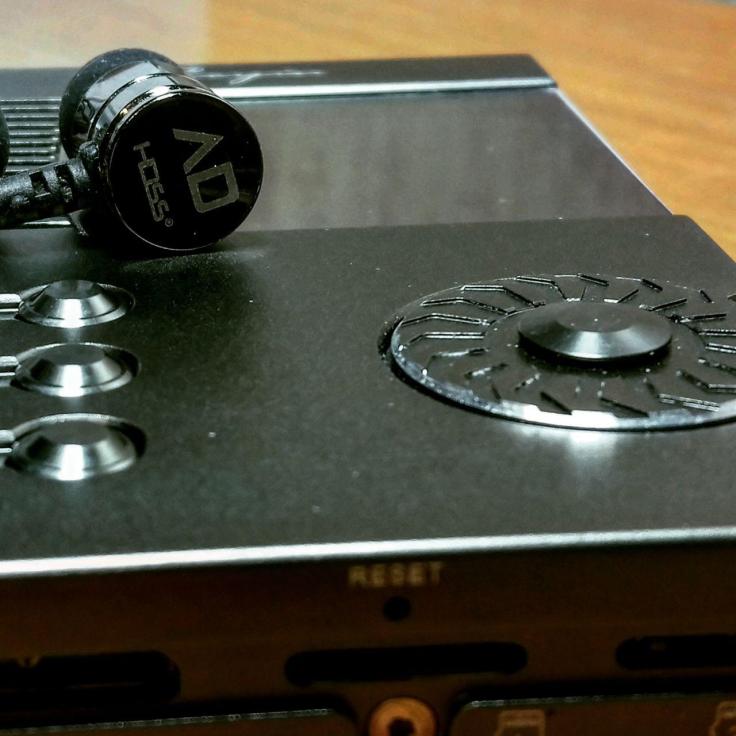
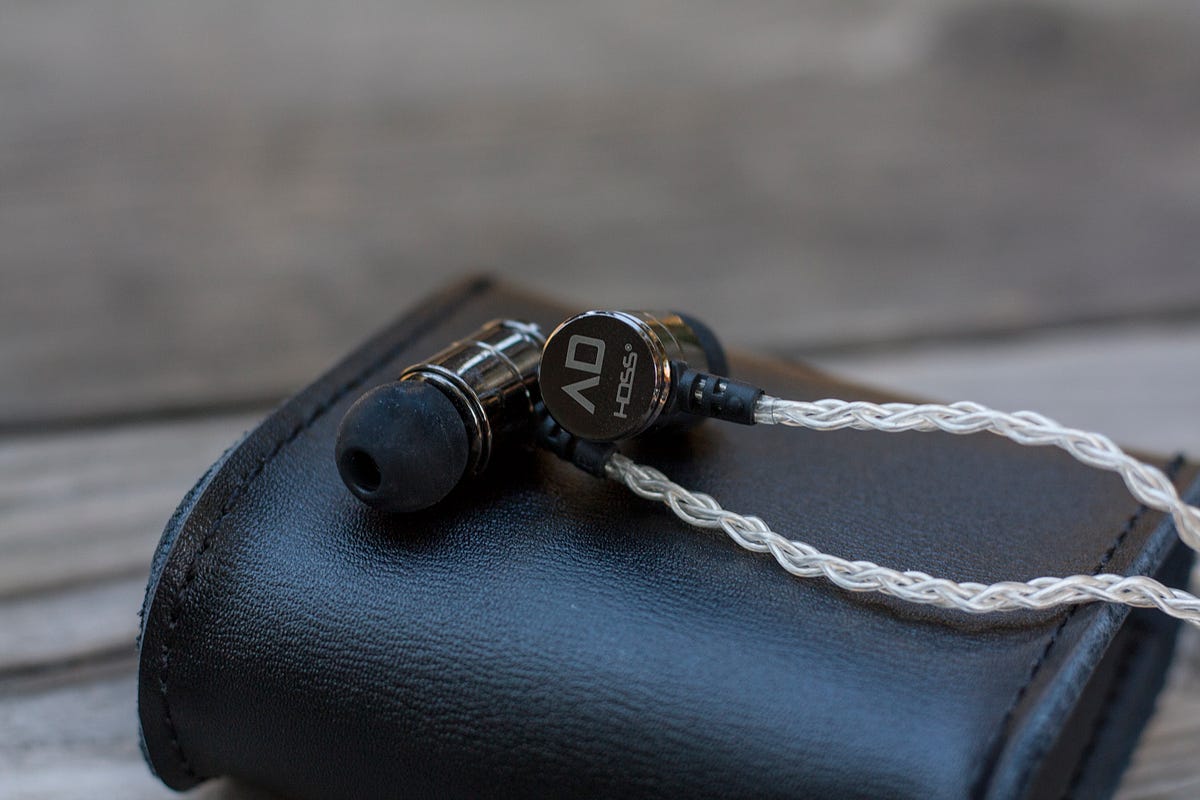

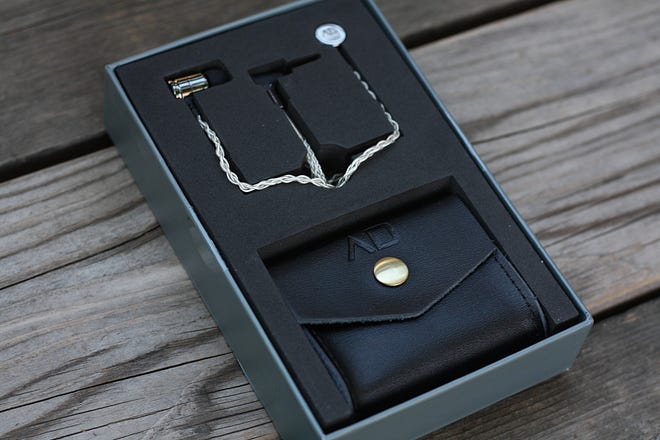
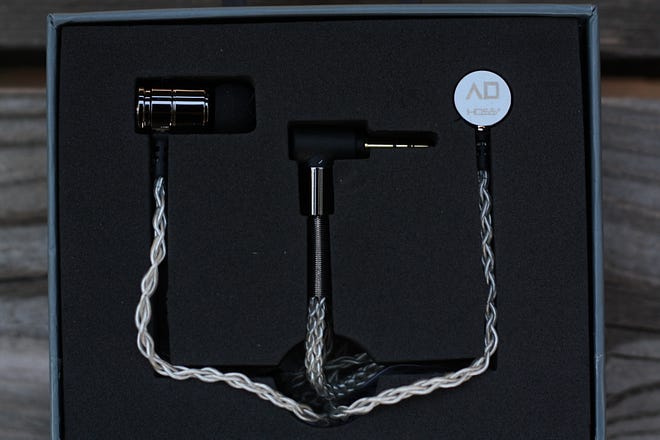
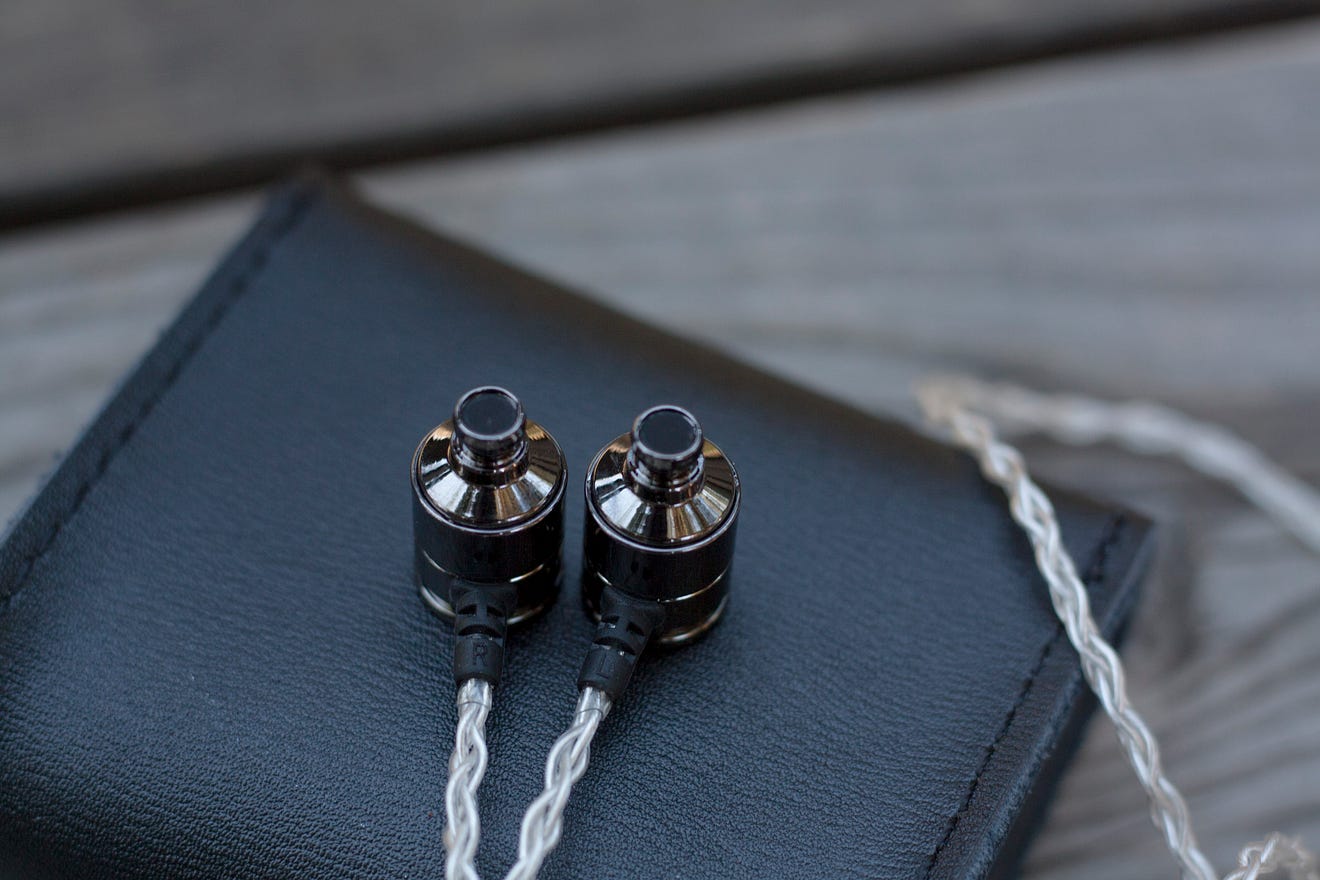

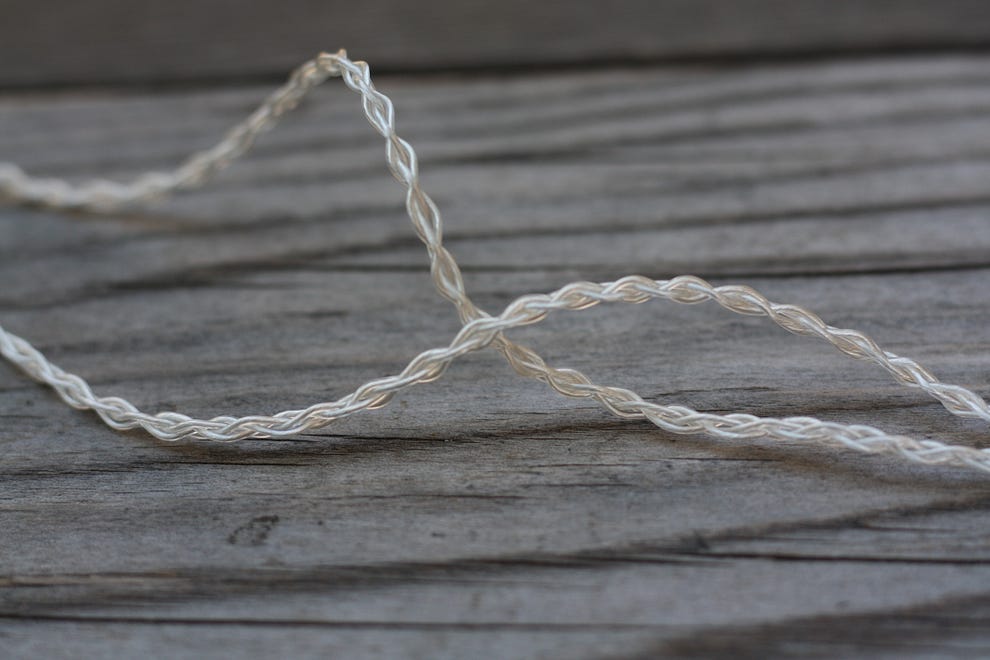
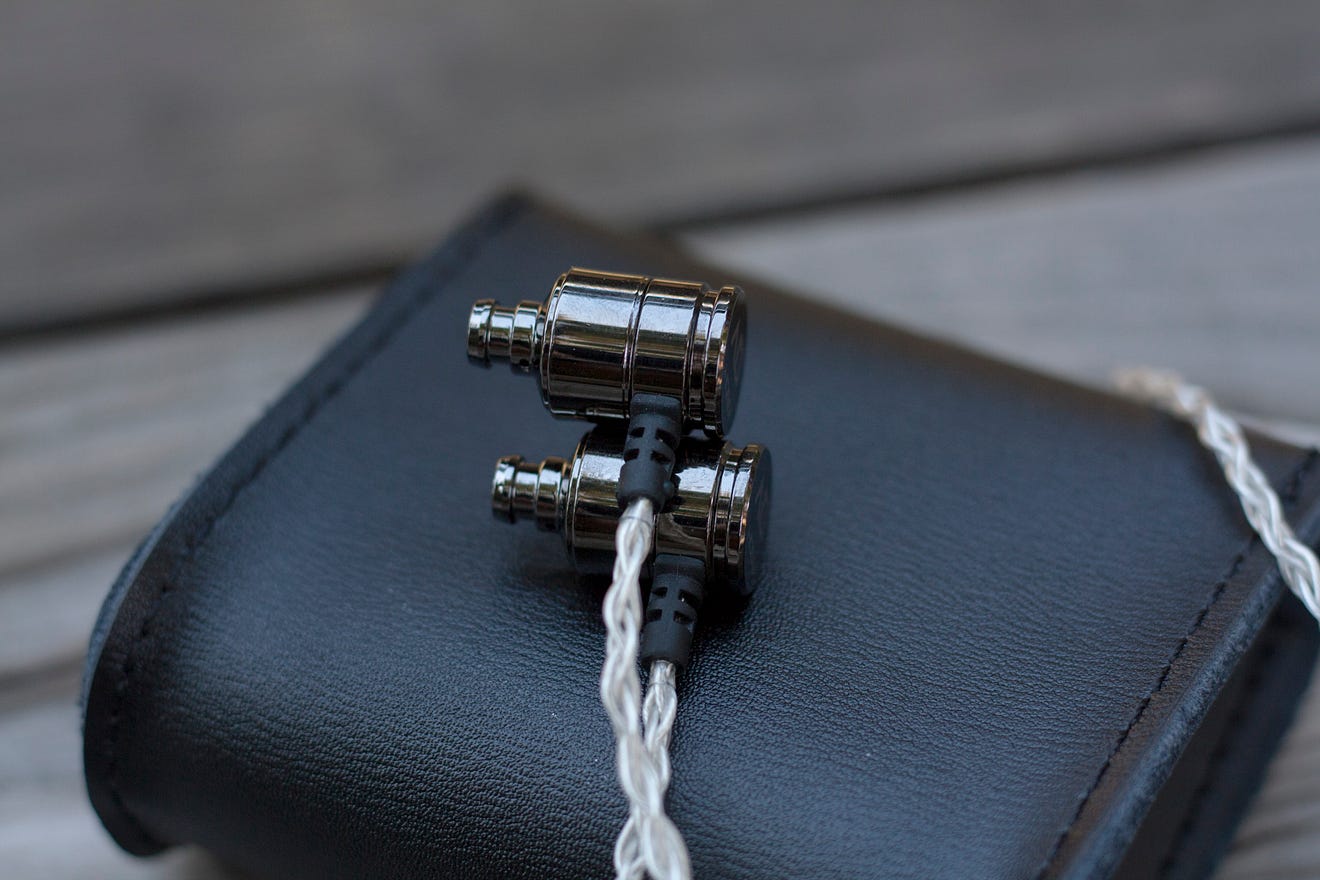
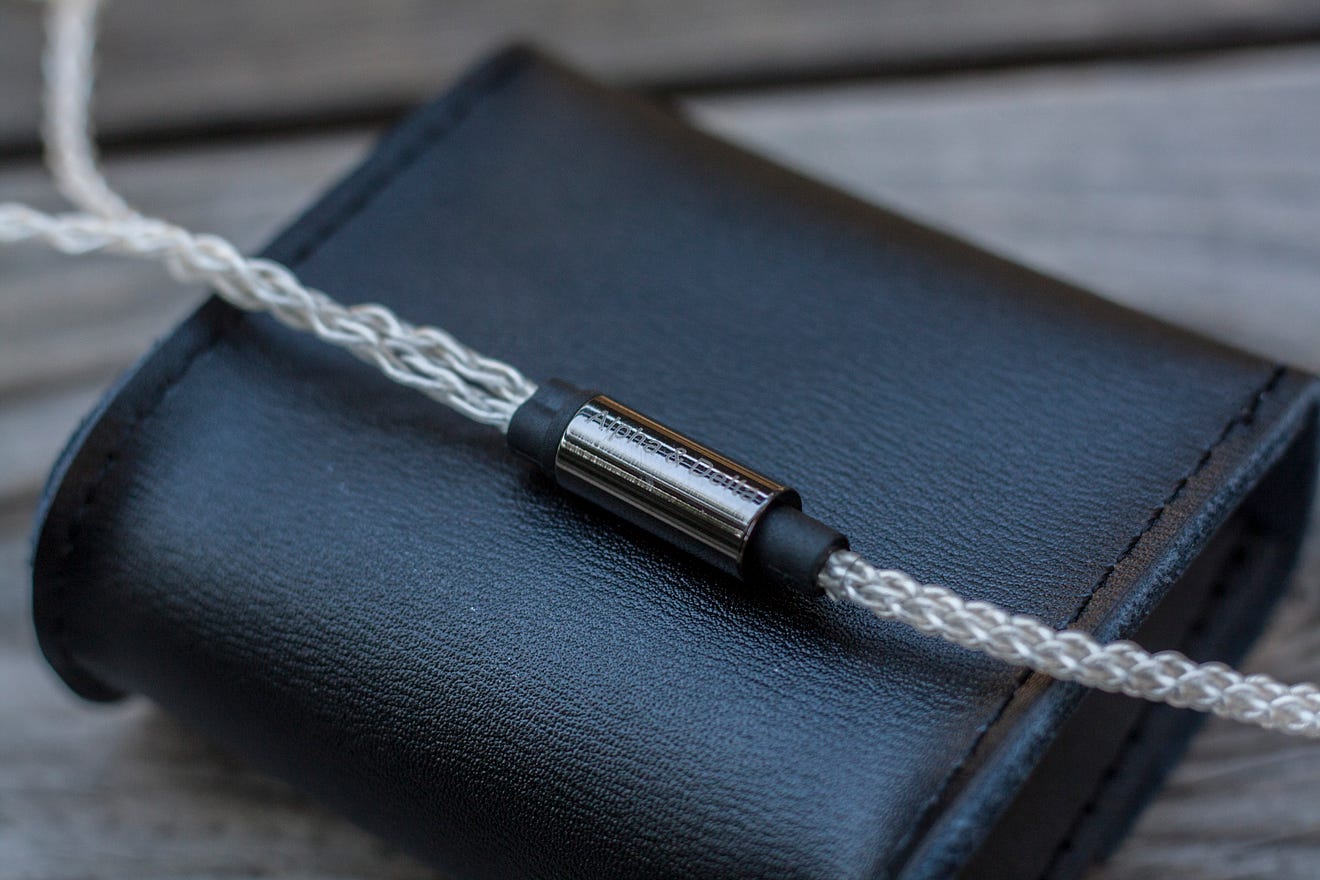
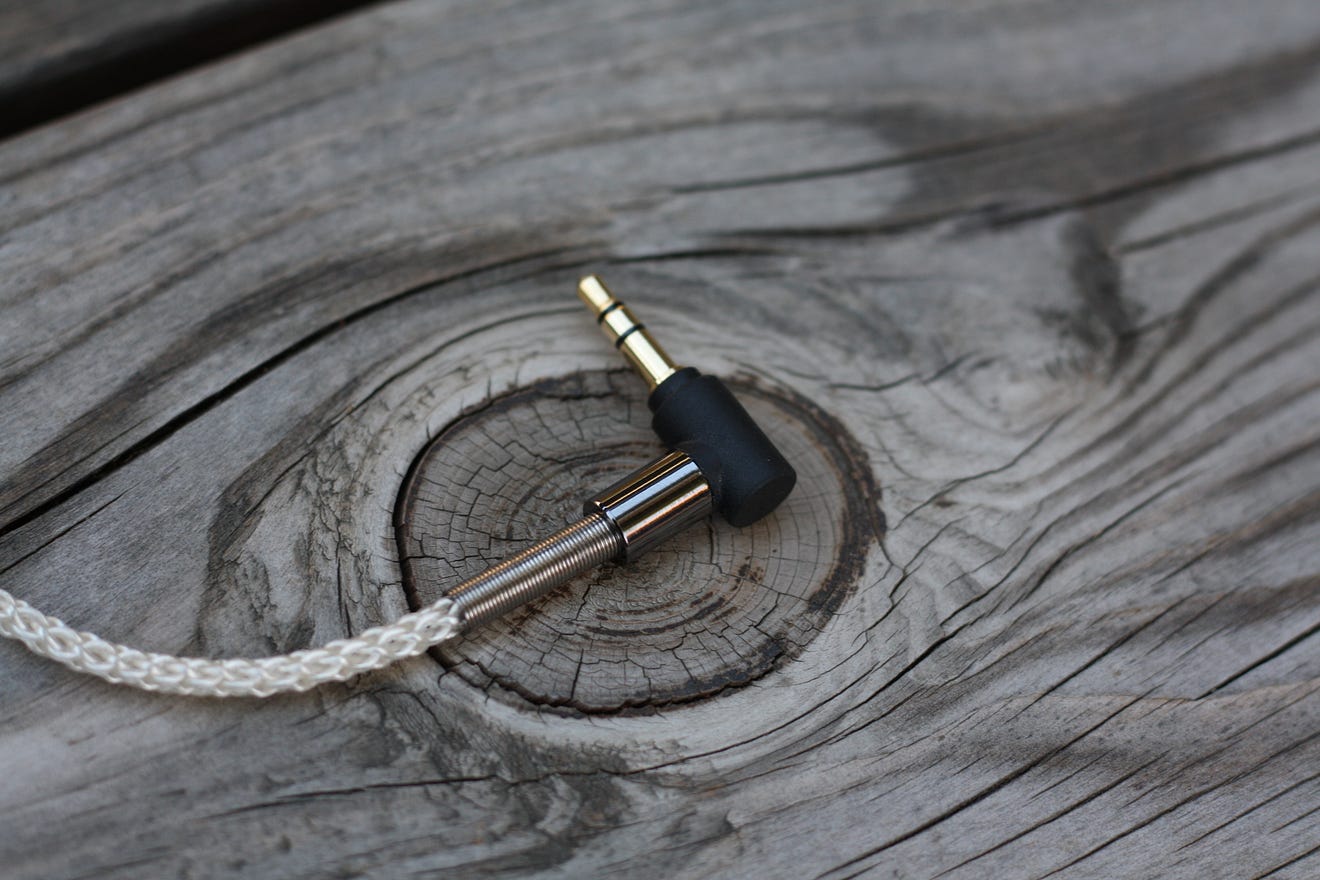
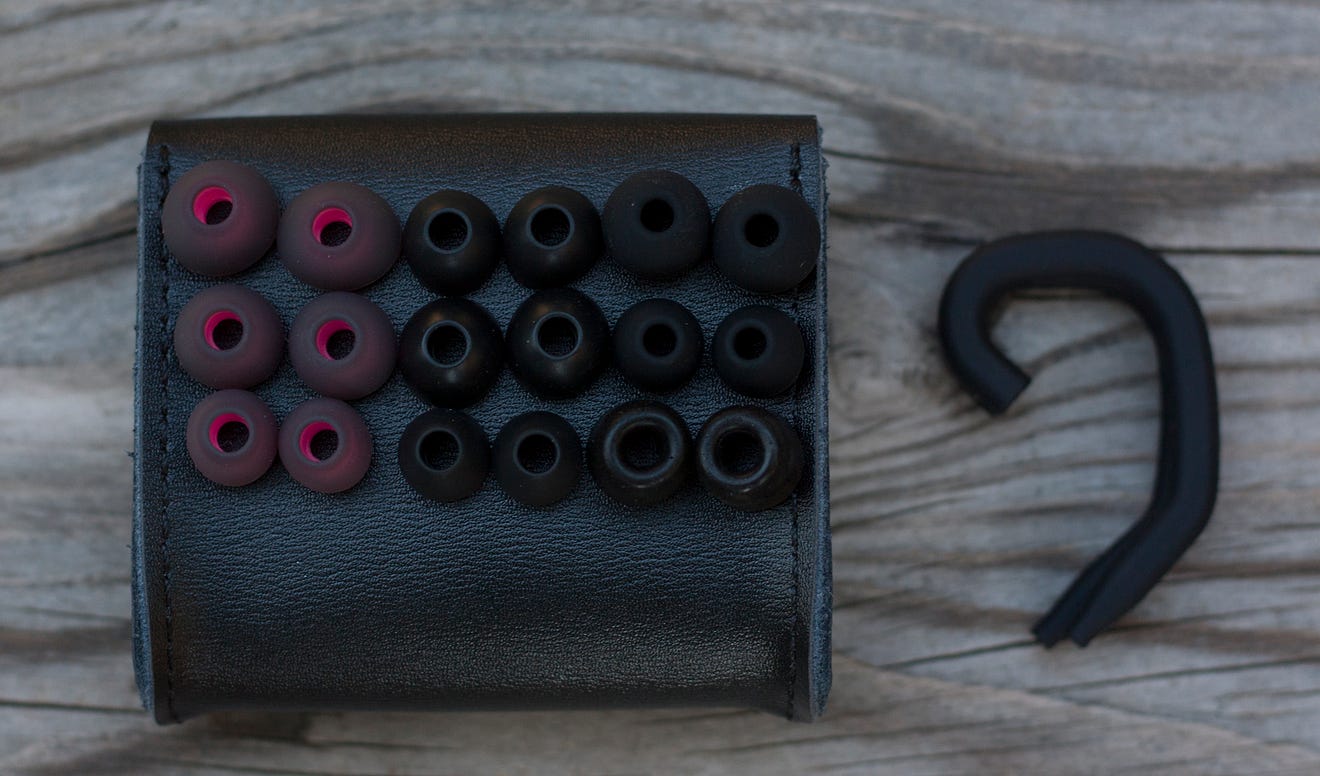
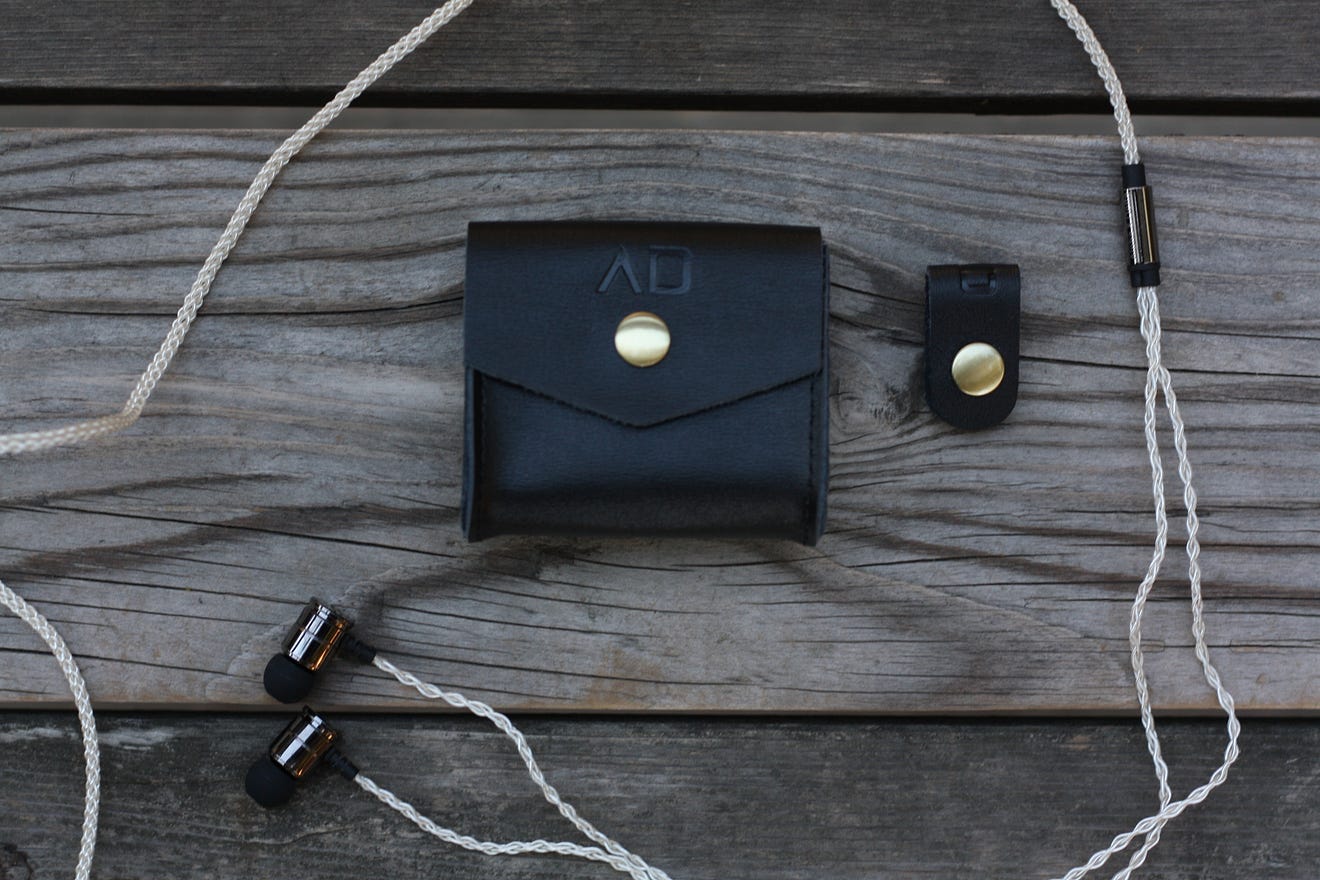

![DSC_0129[1].jpg DSC_0129[1].jpg](https://cdn.head-fi.org/a/10033679_thumb.jpg)






